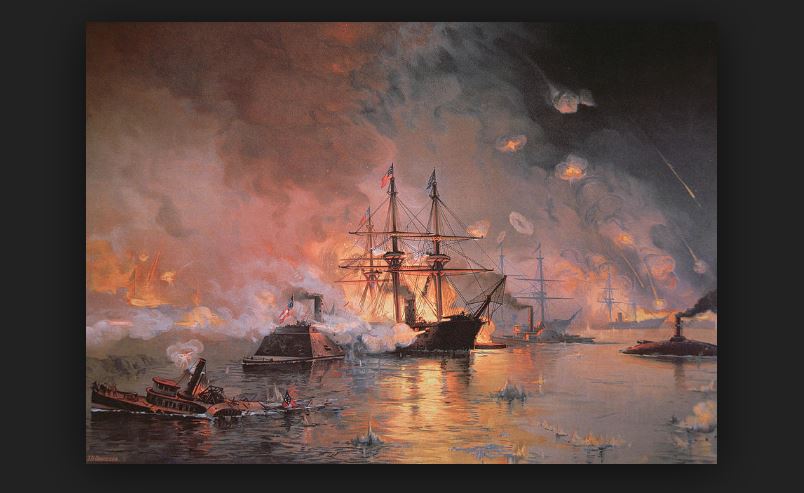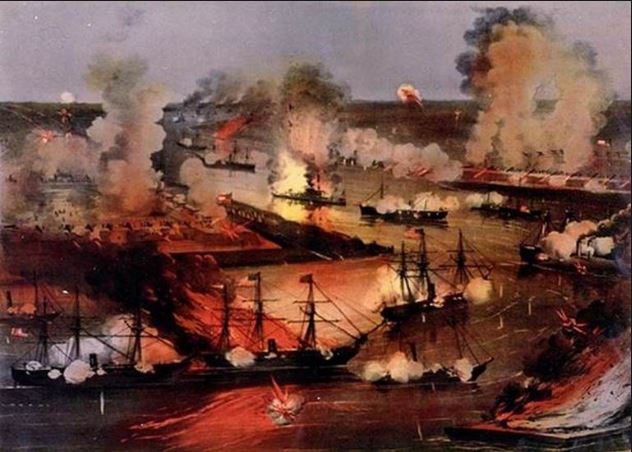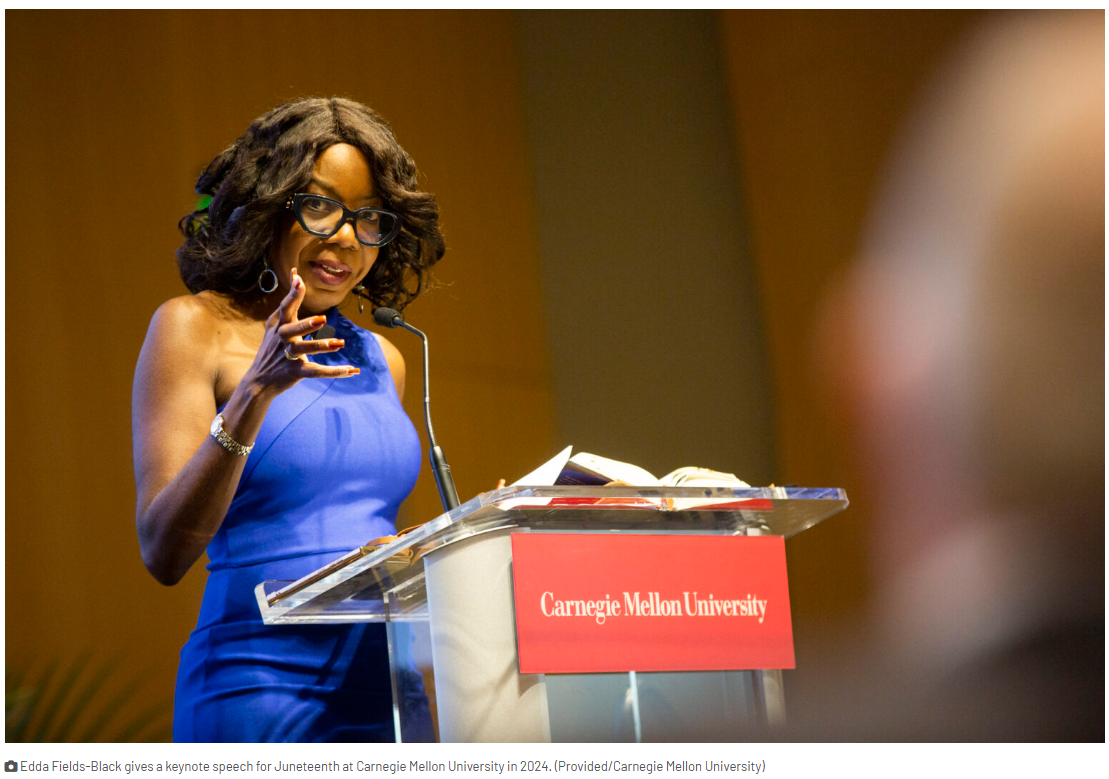On this week 157 years ago, New Orleans fell to Union forces in shocking fashion. Many observers then and now (including the author of an upcoming ECW volume) have deemed the sudden loss of the South’s largest city and its extensive port and manufacturing facilities a “mortal blow” to Confederate hopes. I’ve often lamented the many missed publishing opportunities of the Sesquicentennial and one of the biggest was the absence of a new study of Civil War New Orleans (which actually merits a multi-volume treatment integrating military history with occupation, emancipation, and wartime reconstruction studies). Admittedly, that would be quite a project. In the meantime, here are five books worth checking out.
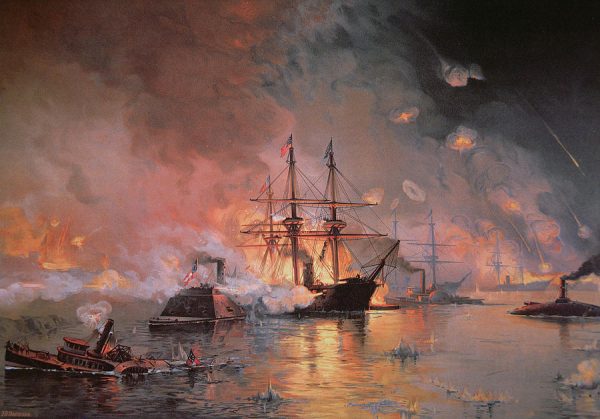
2. The Capture of New Orleans, 1862 by Chester G. Hearn (1995).Hearn’s book provides readers with a serviceable account of the military campaign that resulted in the Crescent City’s fall.
3. A Civil War Correspondent in New Orleans: The Journals and Reports of Albert Gaius Hills of the Boston Journal edited by Gary L. Dyson (2012).
This is my favorite collection of eyewitness accounts of the campaign written by a civilian observer.
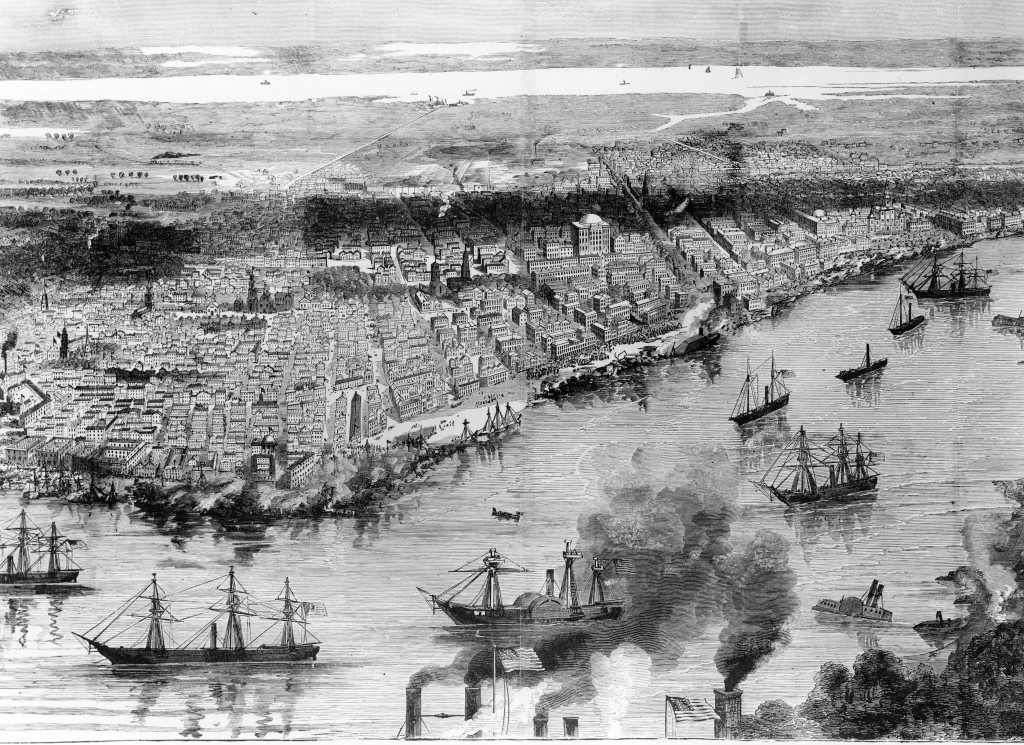
4. Mutiny at Fort Jackson: The Untold Story of the Fall of New Orleans by Michael D. Pierson (2012).I didn’t buy in to every element of Pierson’s thesis, but he definitely presents an interesting non-traditional take on the role Fort Jackson’s disaffected rank-and-file defenders (whom the author alleges to have been closet-Unionists) had in hastening the city’s fall.
5. Occupied City: New Orleans under the Federals 1862-1865 by Gerald J. Capers (1965).
It says something about the dated state of the literature that the standard work on the long-term occupation of a city as significant as New Orleans was to both sides is over five decades old. We are certainly due for a new one. More recent work has greatly revised the image and legacy of Benjamin Butler, who was the “Beast” of New Orleans to many but also bettered the lot of the city’s poorer classes and made it a much healthier and safer place to live as well.

